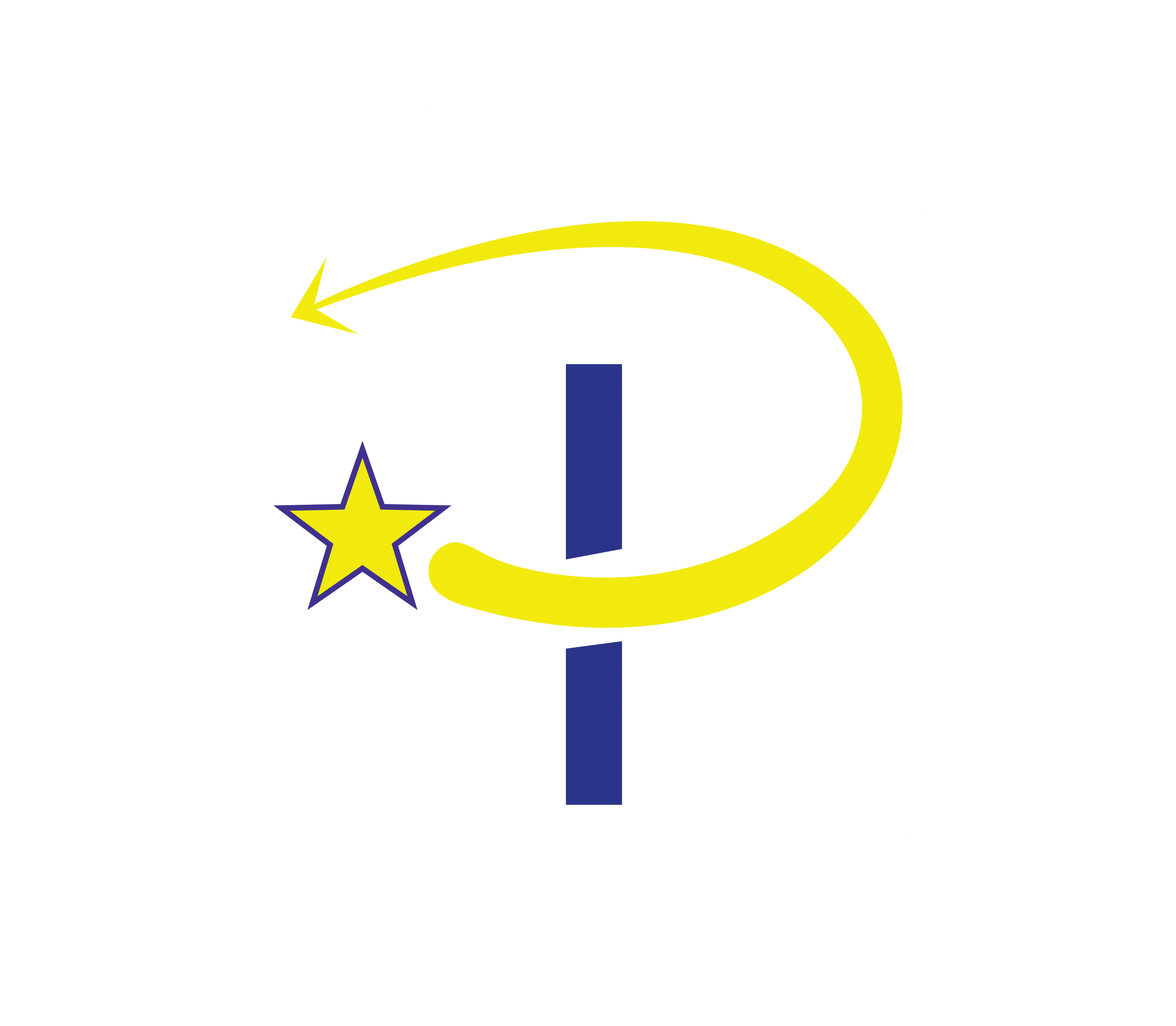Digital transformation is changing the way we work and learn. A new way of looking at learning is emerging: rhizomatic learning. This new way of finding, sharing and using knowledge is a trend of the future. Rhizomatic learning has the potential to revolutionize and improve the efficiency of existing organizational learning today. Rhizomatic learning is a different kind of learning that is not limited to what employees know or have memorized; it also values their emotional intelligence, creativity and innovation. In short, it helps you identify your strengths and weaknesses and develop them to be more effective as a person and as a professional.

Why is rhizomatic learning important?
Rhizomatic learning has many advantages over traditional learning. It is a more organized and creative way of finding, sharing and using knowledge. Rhizomatic learning helps you identify your strengths and weaknesses and develop them to be more effective as a person and as a professional. Rhizomatic learning promotes collaboration, creativity and exploration of new ideas, to address old problems with new solutions. It can also improve employee satisfaction, which is important given the current high turnover in the workplace. This can help your organization identify new talents, knowledge and skills of your employees, as well as their strengths. It can also reduce employee stress, anxiety and emotional instability, which is essential to avoid employee turnover.
Rhizomatic learning: a business strategy
Rhizomatic learning is a business strategy, a way to collaborate, share and find knowledge, as well as a way to learn. Organizations that implement it will get a big boost by allowing employees to learn in a variety of ways. Employees can be trained in different ways: online, in person, through extra-work activities, etc. In other words, it is made so that employees can learn what they need to learn to be more productive and creative in their work.
How rhizomatic learning works
Rhizomatic learning works differently than traditional learning. Instead of acquiring information and putting it in a pile or library where few can find it, rhizomatic learning revolves around collaboration, innovation and interaction. Collaborators come together to discuss a problem, a need, a business idea. That’s when you realize that everyone in the group has something you can learn from.
Rhizomatic learning providers and how to choose them
To find rhizomatic learning providers, go to the web. You can organize a virtual meeting or a meeting with the providers to choose one or more. The people in charge of the rhizomatic learning project should make sure to choose a provider who shares their learning principles and can put them into practice. To choose a rhizomatic learning provider, ask them about their learning strategies, how they manage technology, and how they work with their teams. You can also ask for a sample of what they do.
3 Strategies for Implementing a Rhizomatic Learning Program
Make sure you have a strategy for introducing rhizomatic learning in your organization. This can take months or years, depending on the organization. If you are thinking of implementing a rhizomatic learning program, here are some strategies:
1-Establish a learning space.
2-Establish a way to share knowledge: corporate websites, blogs, wikis, etc.
3- Use rhizomatic learning strategies in each group project.

Rhizomatic learning has many advantages over traditional learning. It is a more organized and creative way of finding, sharing and using knowledge. Rhizomatic learning helps you identify your strengths and weaknesses and develop them to be more effective as a person and as a professional. In addition, rhizomatic learning promotes collaboration, creativity and exploration of new ideas, to address old problems with new solutions. Finally, it can help your organization identify new talents, knowledge and skills of your employees, as well as their strengths.

We at Plus Project are passionate about transforming the adult education landscape. As a premier training provider, we take pride in offering top-notch courses for teachers, aimed at sharpening their skills and expanding their knowledge. Our expert trainers use cutting-edge methods to deliver a dynamic and engaging learning experience, making us the ideal choice for teachers seeking professional growth and success. Join us on our mission to elevate the teaching profession, one course at a time.


